
Religion and culturein Mexico -EN-ES-
These are some pictures from my trip to Mexico when I came across an incredible festivity that completely surprised me and I wanted to tell you about it and show you a little bit of the cultural differences we have.
Life in Mexico is deeply marked by religion, especially Catholicism. Religious festivities are not only a manifestation of faith, but also a reflection of the country's rich culture and history. One of the most outstanding aspects of this religiosity is the devotion to the Virgin of Guadalupe, considered the patron saint of the country and a symbol of national identity.
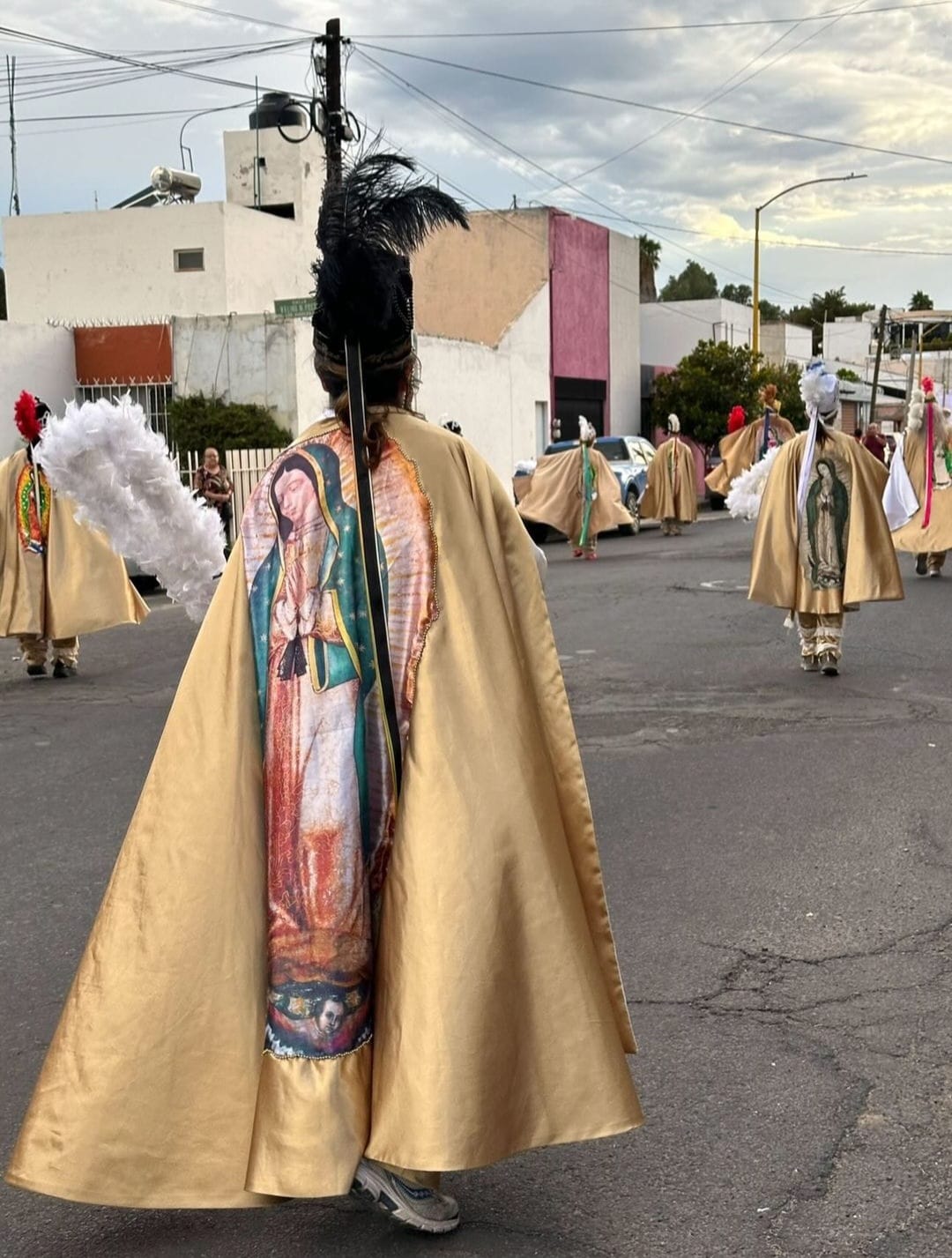
The Virgin of Guadalupe occupies a central place in the spiritual life of Mexicans. Every year, on December 12, millions of people celebrate the day with great fervor. This date commemorates the apparition of the Virgin to the indigenous Juan Diego on the hill of Tepeyac in 1531. According to tradition, the Virgin left her image miraculously imprinted on Juan Diego's cloak, a relic that is venerated in the Basilica of Guadalupe in Mexico City, one of the most important pilgrimage sites in the world.
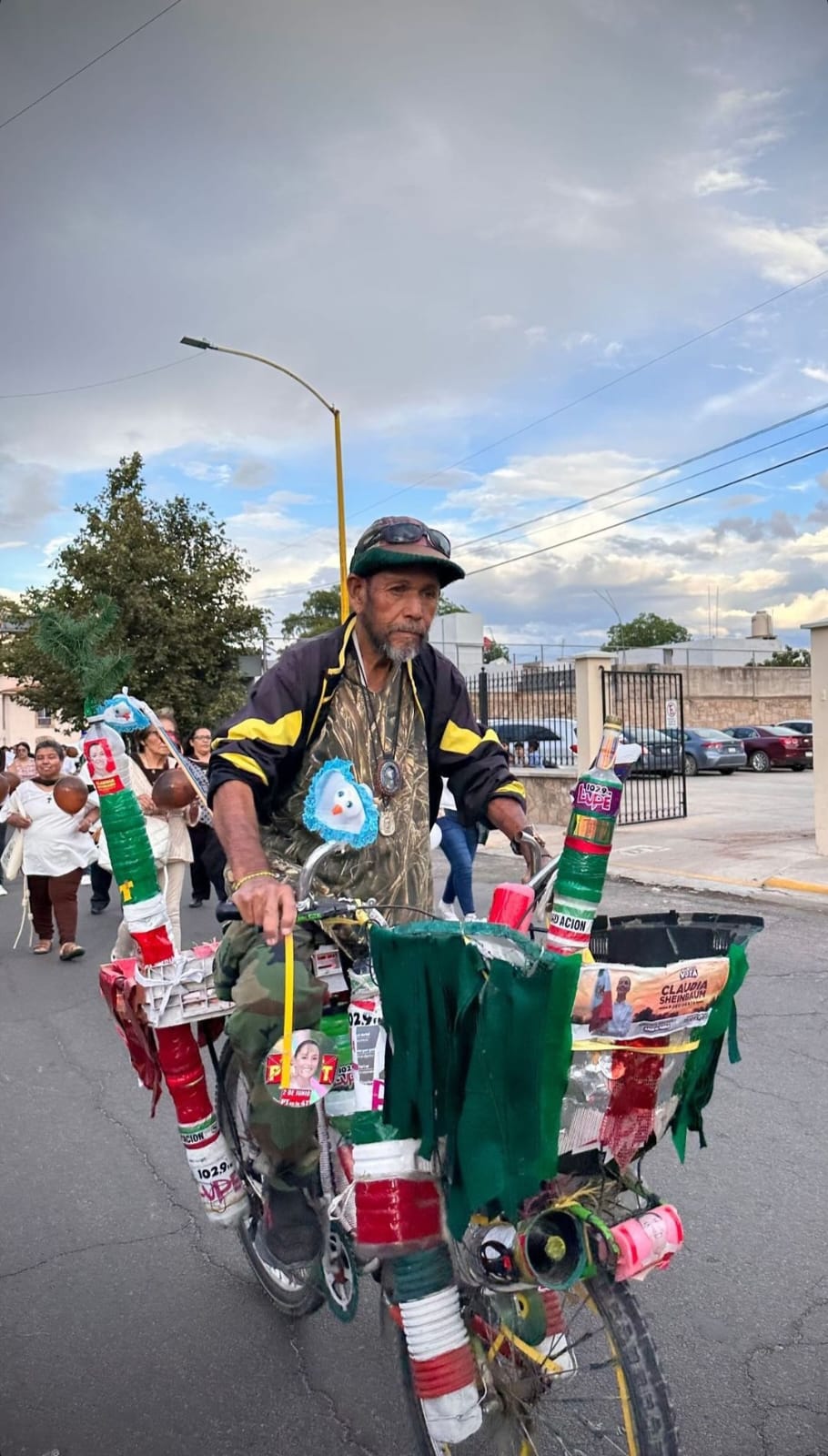
During the weeks leading up to December 12, pilgrimages are organized from different parts of the country. Entire families, groups of friends and communities embark on long journeys on foot, by bicycle or by bus, often carrying banners and statues of the Virgin. The arrival at the Basilica is a moment of intense emotion, marked by prayers, songs and offerings.
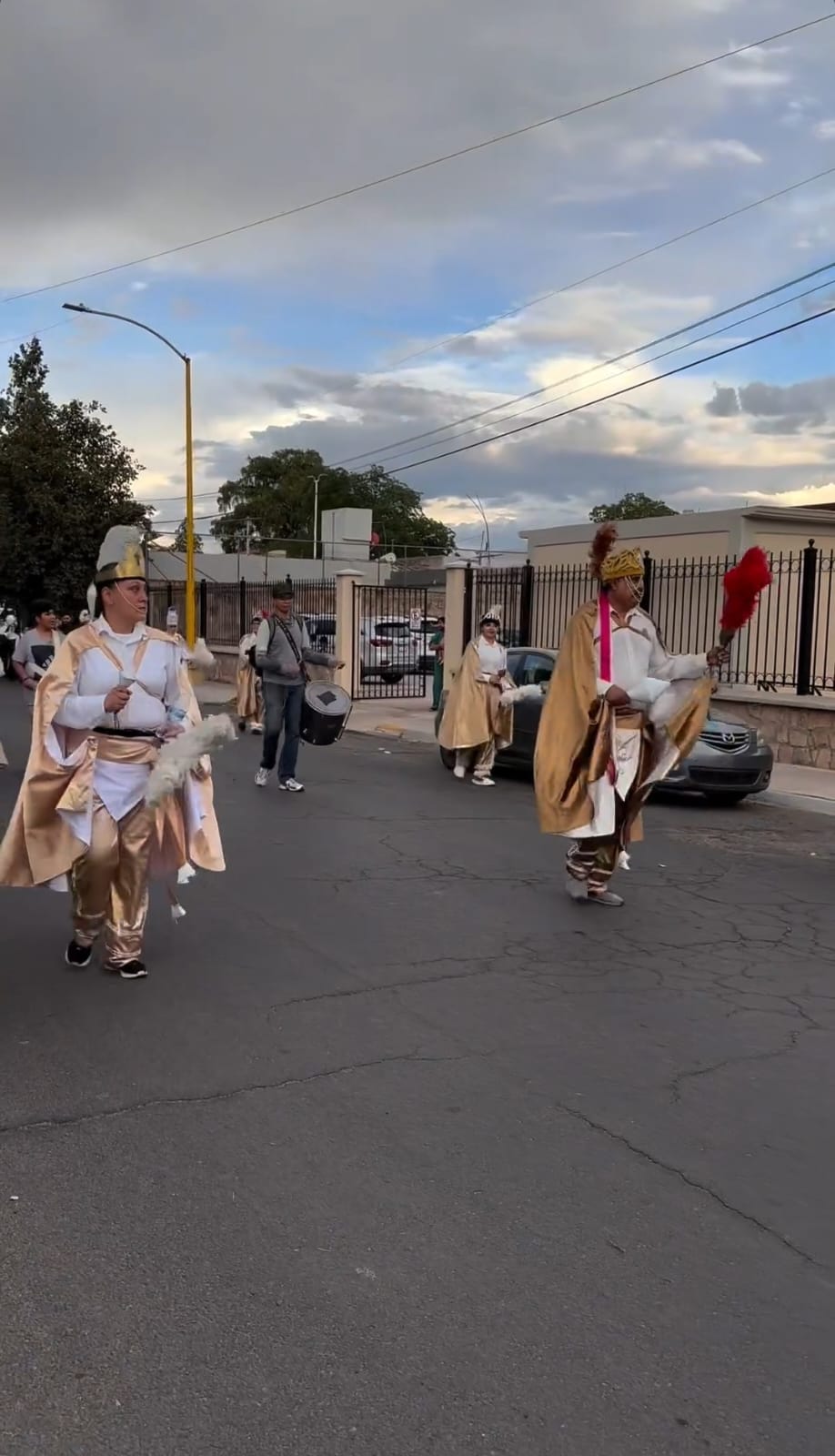
The celebration itself is an event of great magnitude. The Basilica and its surroundings are filled with parishioners who participate in masses, prayers and traditional dances such as the "matachines", a group of dancers who pay tribute to the Virgin with colorful costumes and rhythmic choreographies. Churches throughout the country also celebrate special masses and processions in honor of the Virgin of Guadalupe.
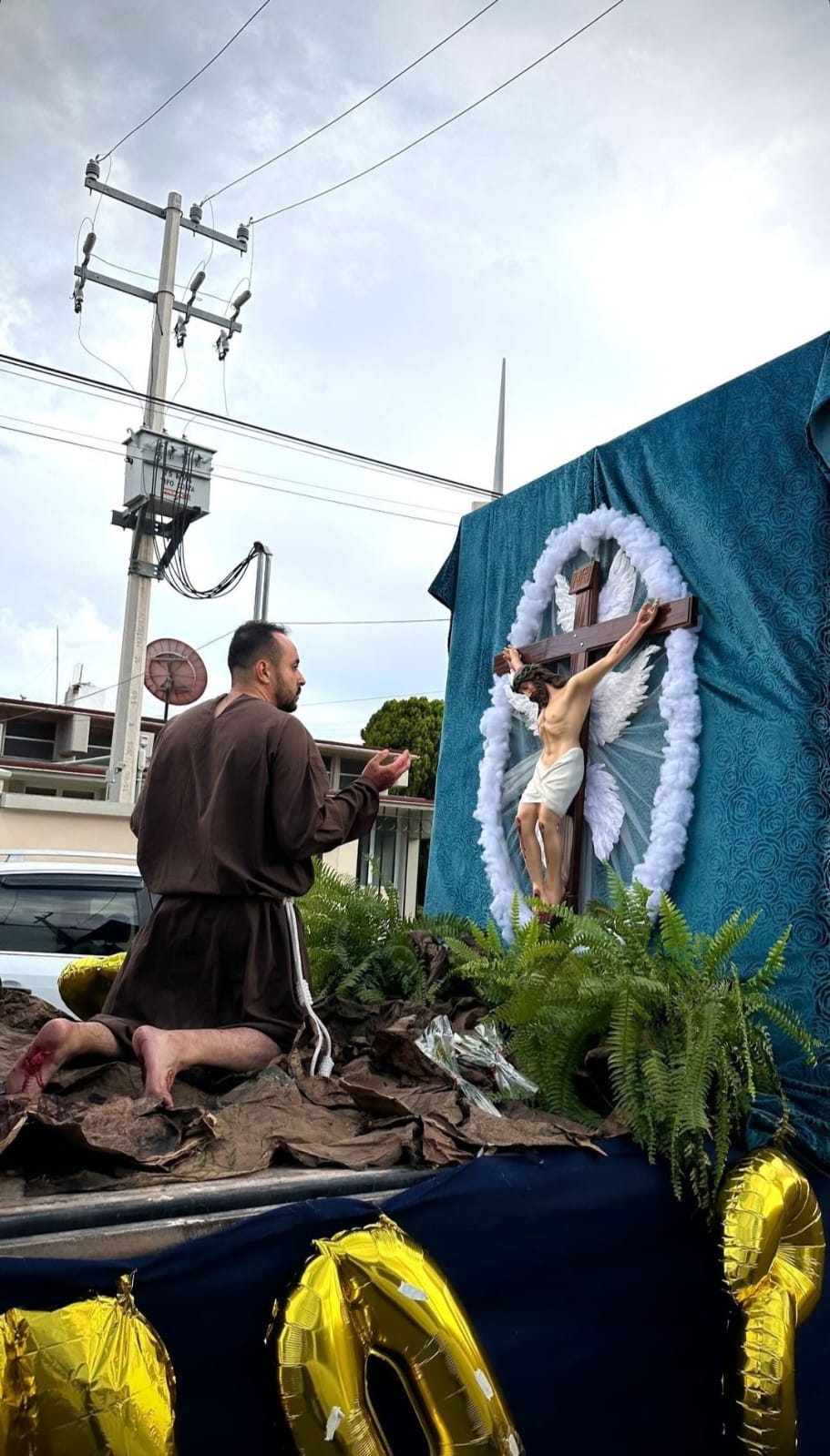
Beyond this holiday, the religiosity of Mexicans is manifested in a wide range of celebrations throughout the year. Holy Week is another key date in the religious calendar. During this week, the scenes of the Passion of Christ are recreated with processions, theatrical representations and acts of penance. In some towns and cities, such as Iztapalapa in Mexico City, the Passion play is a massive event that attracts thousands of spectators.
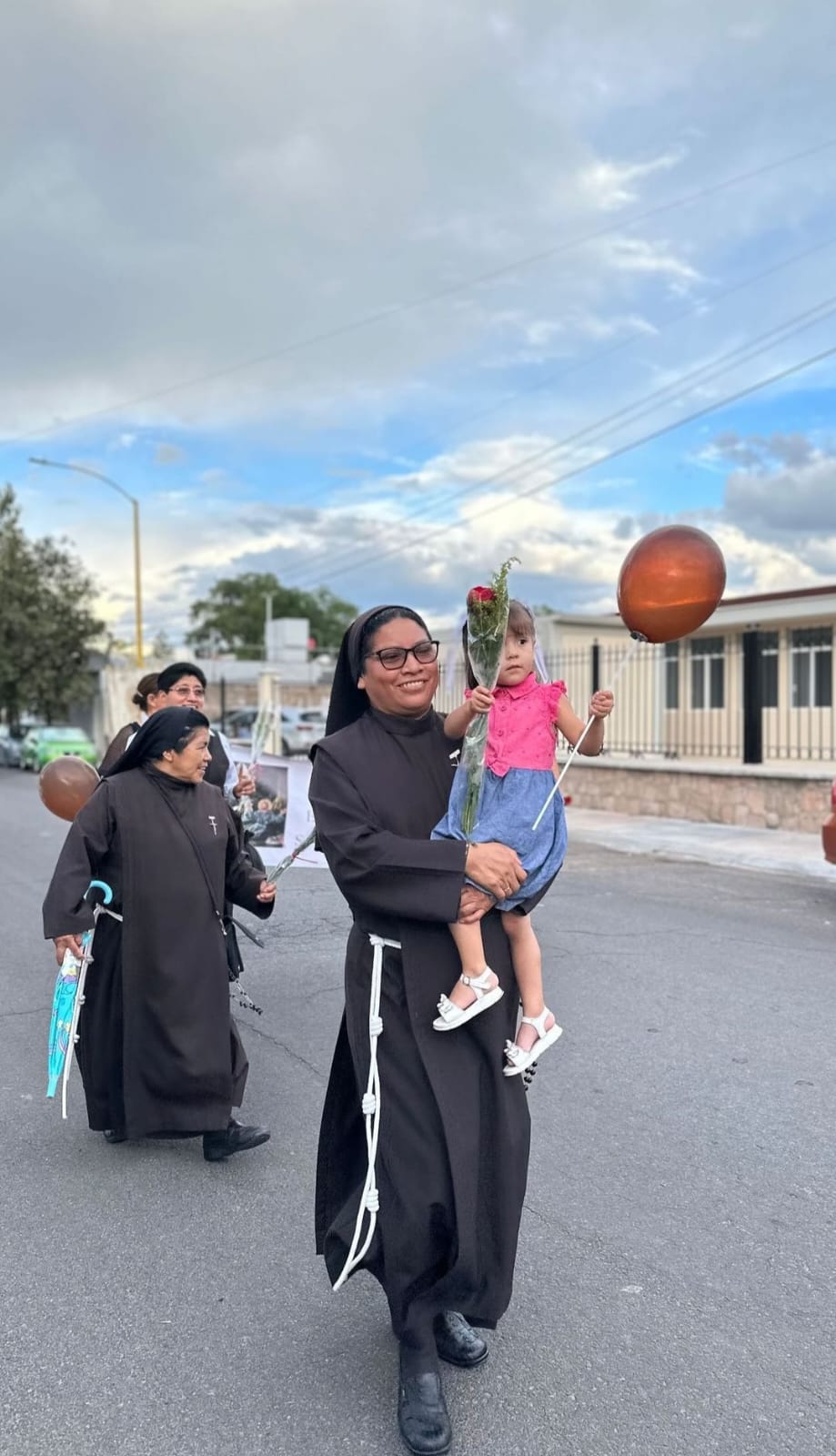
The Day of the Dead, celebrated on November 1 and 2, is a holiday that blends indigenous and Catholic beliefs. On these days, Mexicans honor their dead by building altars in their homes and cemeteries, decorated with flowers, candles, photos and favorite foods of the deceased. It is a celebration that, although it has a solemn tone, is also an occasion to joyfully remember loved ones who are no longer with us.
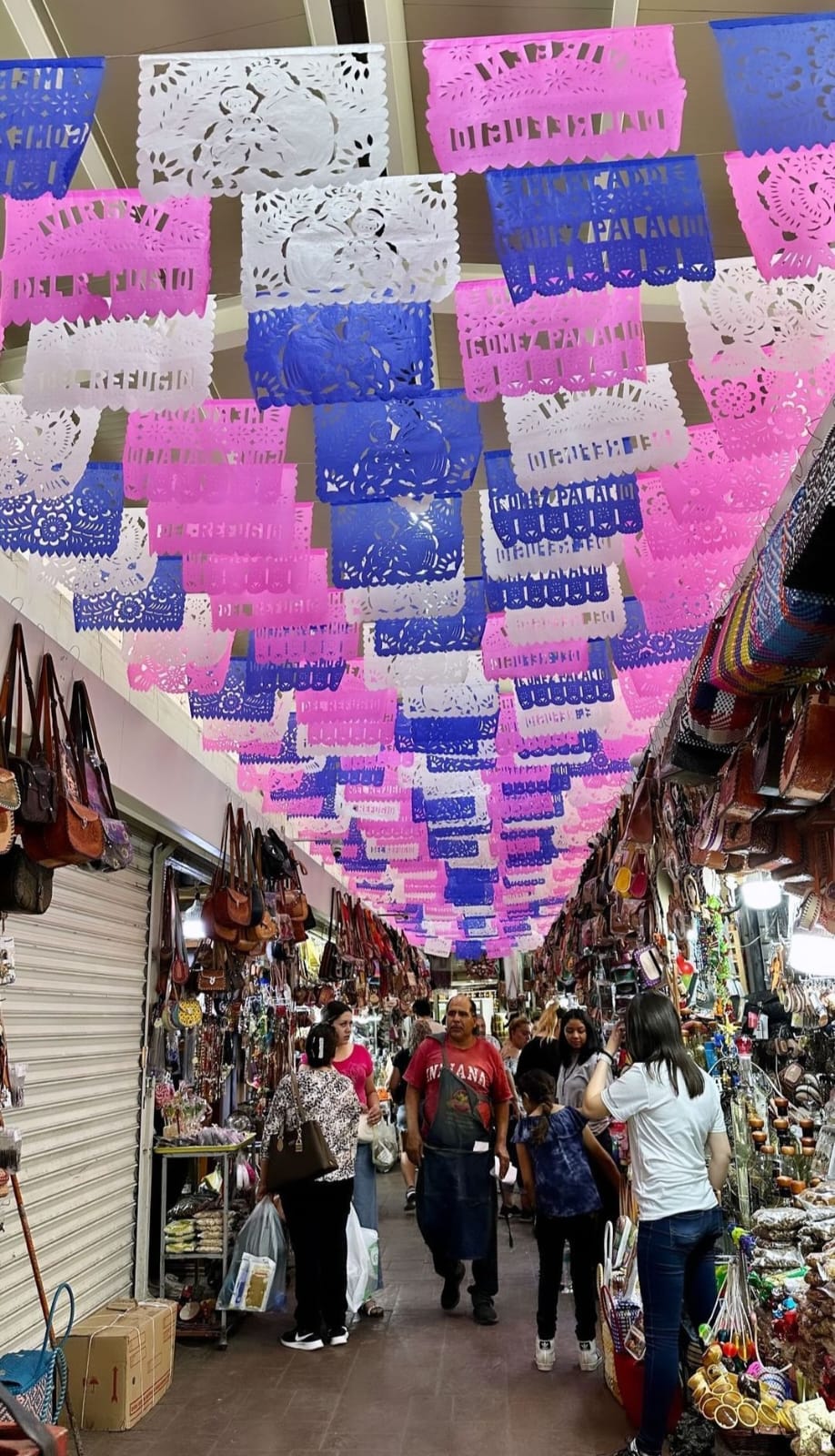
The patron saint festivities are another important element of religious life in Mexico. Every town and city has a patron saint to whom an annual festivity is dedicated. These festivities combine religious acts, such as masses and processions, with social and cultural events, such as fairs, concerts and fireworks. They are moments of great community unity and reaffirmation of local identity.
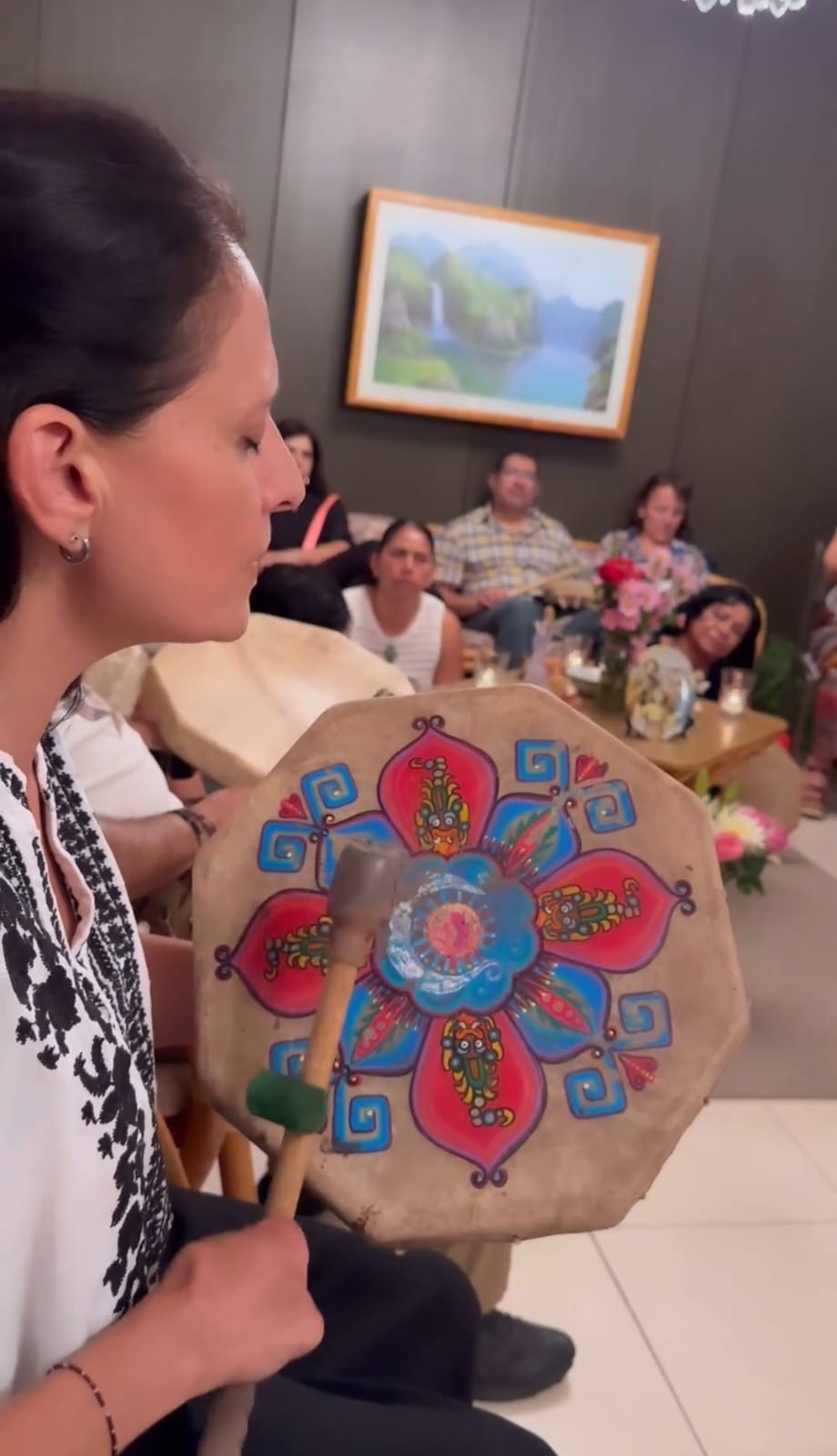
In daily life, the Catholic faith is reflected in the multiple manifestations of devotion that can be observed in the streets and homes. It is common to find small altars in homes, images of saints on public transportation and crosses on neighborhood corners. The practice of praying the rosary, attending Sunday mass and participating in the sacraments is an integral part of the lives of many Mexicans.
Spanish version
Estas son unas fotos del viaje de Mexico cuando me encontre con una festividad increible que me sorprendio completamente y se las queria contar y mostrar un opoco para que vean un poco de las diferencias culturales que tenemos.
La vida en México está profundamente marcada por la religión, especialmente el catolicismo. Las festividades religiosas no solo son una manifestación de la fe, sino también un reflejo de la rica cultura e historia del país. Uno de los aspectos más sobresalientes de esta religiosidad es la devoción a la Virgen de Guadalupe, considerada la patrona del pais y un símbolo de identidad nacional.

La Virgen de Guadalupe ocupa un lugar central en la vida espiritual de los mexicanos. Cada año, el 12 de diciembre, millones de personas celebran el dia con gran fervor. Esta fecha conmemora la aparición de la Virgen al indígena Juan Diego en el cerro del Tepeyac en 1531. Según la tradición, la Virgen dejó su imagen milagrosamente impresa en el manto de Juan Diego, una reliquia que se venera en la Basílica de Guadalupe en Ciudad de México, uno de los lugares de peregrinación más importantes del mundo.

Durante las semanas previas al 12 de diciembre, se organizan peregrinaciones desde diferentes partes del país. Familias enteras, grupos de amigos y comunidades se embarcan en largos viajes a pie, en bicicleta o en autobús, a menudo portando estandartes y estatuas de la Virgen. La llegada a la Basílica es un momento de intensa emoción, marcado por rezos, cantos y ofrendas.

La celebración en sí es un evento de gran magnitud. La Basílica y sus alrededores se llenan de feligreses que participan en misas, rezos y danzas tradicionales como los "matachines", un grupo de bailarines que rinde tributo a la Virgen con coloridos trajes y coreografías rítmicas. Las iglesias de todo el país también celebran misas especiales y procesiones en honor a la Virgen de Guadalupe.

Más allá de esta festividad, la religiosidad de los mexicanos se manifiesta en una amplia gama de celebraciones a lo largo del año. La Semana Santa es otra fecha clave en el calendario religioso. Durante esta semana, se recrean las escenas de la Pasión de Cristo con procesiones, representaciones teatrales y actos de penitencia. En algunos pueblos y ciudades, como Iztapalapa en Ciudad de México, la representación de la Pasión es un evento multitudinario que atrae a miles de espectadores.

El Día de Muertos, celebrado el 1 y 2 de noviembre, es una festividad que mezcla creencias indígenas y católicas. En estos días, los mexicanos honran a sus difuntos construyendo altares en sus hogares y en los cementerios, decorados con flores, velas, fotos y alimentos favoritos de los fallecidos. Es una celebración que, aunque tiene un tono solemne, también es una ocasión para recordar con alegría a los seres queridos que ya no están.

Las fiestas patronales son otro elemento importante de la vida religiosa en México. Cada pueblo y ciudad tiene un santo patrón al que se le dedica una festividad anual. Estas fiestas combinan actos religiosos, como misas y procesiones, con eventos sociales y culturales, como ferias, conciertos y fuegos artificiales. Son momentos de gran unión comunitaria y de reafirmación de la identidad local.

En la vida cotidiana, la fe católica se refleja en las múltiples manifestaciones de devoción que se pueden observar en las calles y en los hogares. Es común encontrar pequeños altares en las casas, imágenes de santos en el transporte público y cruces en las esquinas de los barrios. La práctica de rezar el rosario, asistir a misa dominical y participar en los sacramentos es parte integral de la vida de muchos mexicanos.











Comments